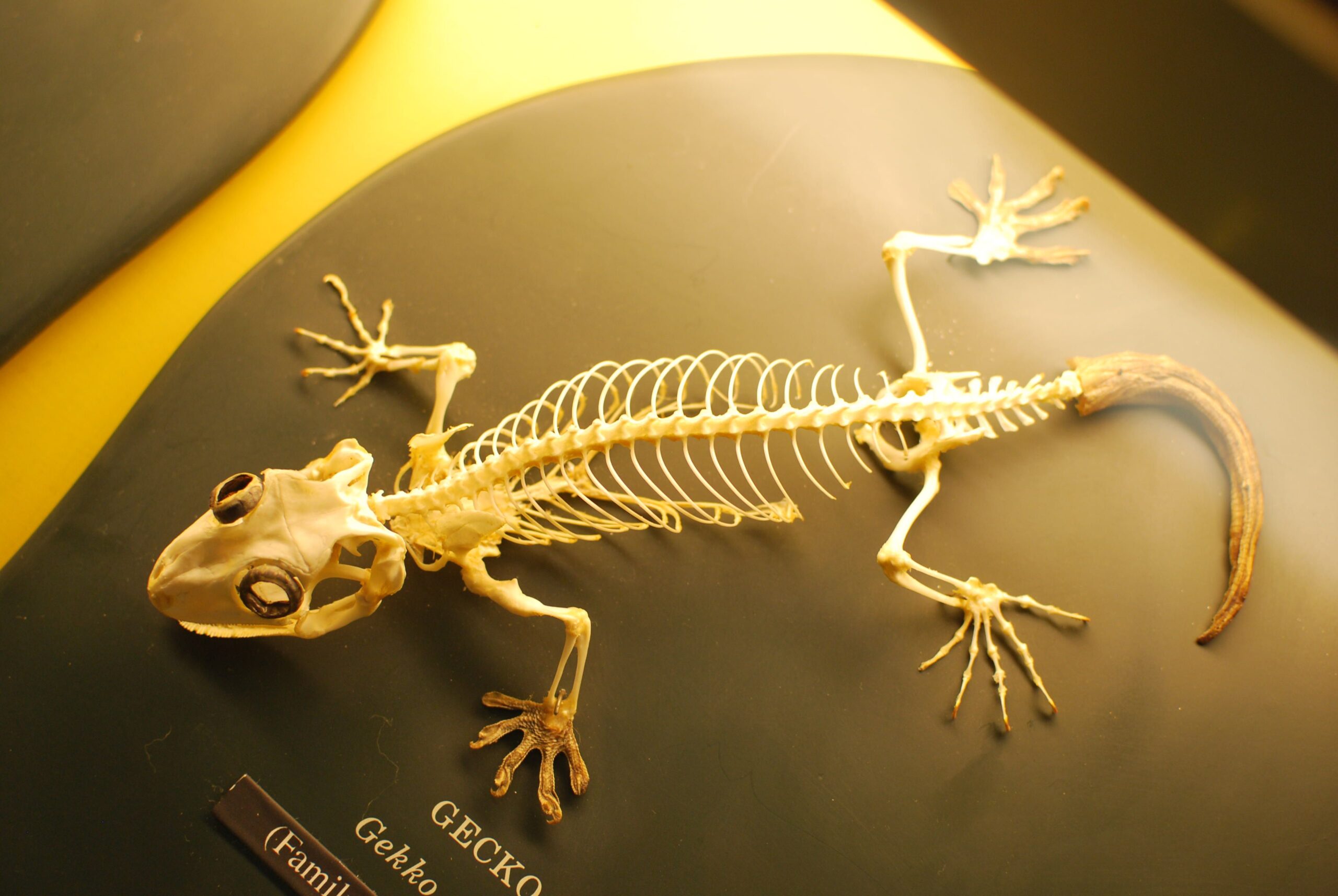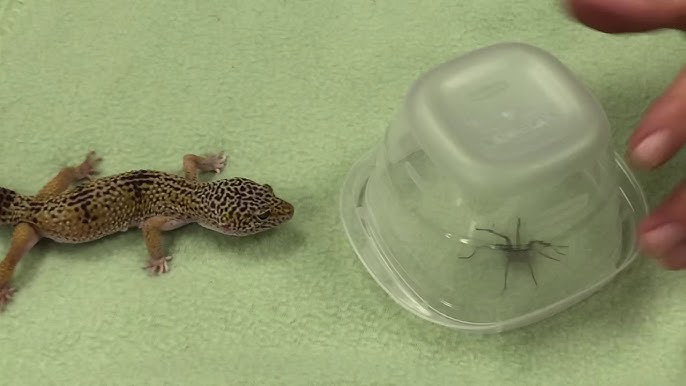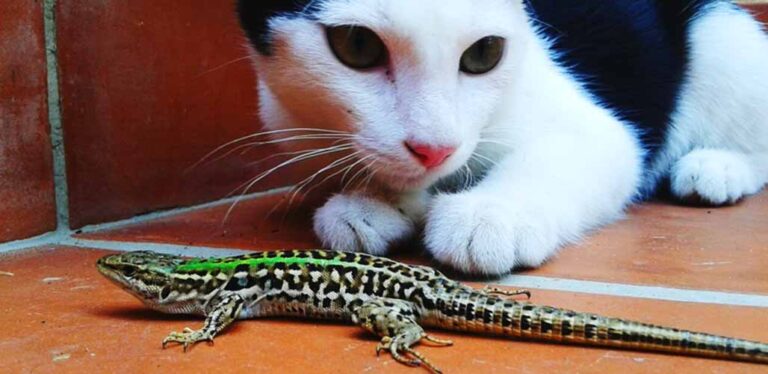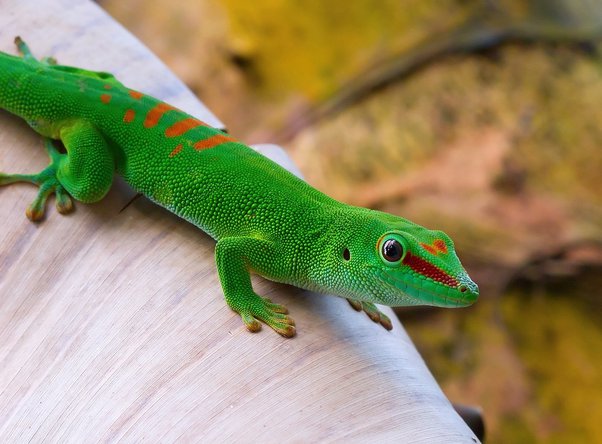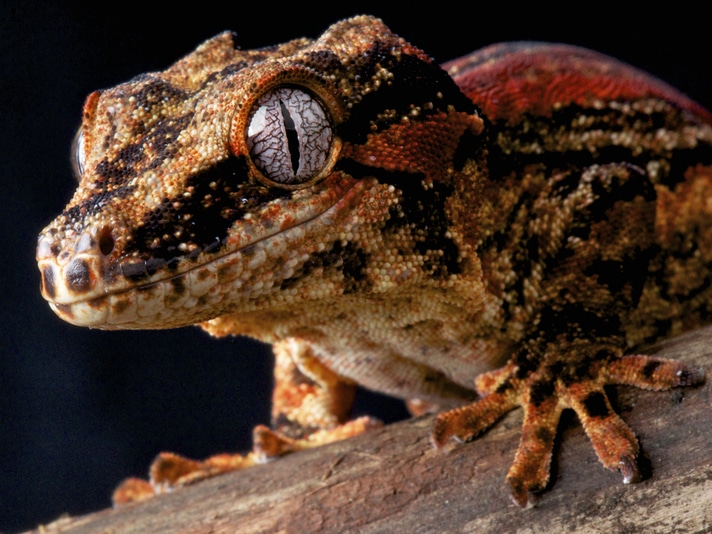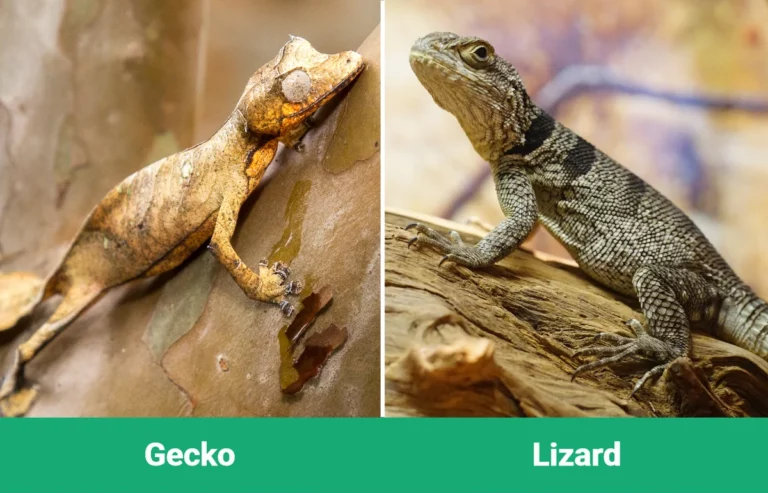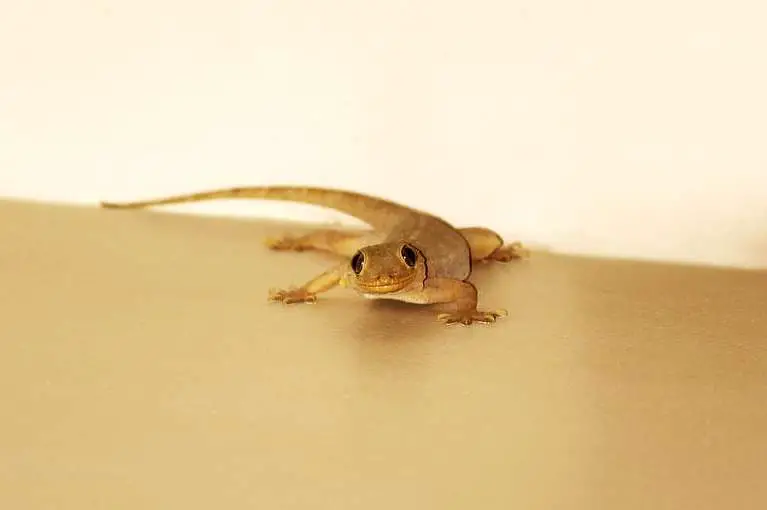Do Geckos Have Bones? Mystery of Geckos’ Skeletons
When I first encountered a gecko scurrying up my bedroom wall, I couldn’t help but wonder, “Do geckos have bones?” It’s a question that might have crossed your mind too, and it led me down a fascinating journey to uncover the secrets of these elusive creatures.
However, in a world where these remarkable reptiles defy gravity, clinging to vertical surfaces with ease, you might be left wondering if they possess a skeleton at all.
Yes, geckos do have bones, but their bone structure is unlike that of most animals.
Join me as we delve into the world of geckos, and explore their unique adaptation.
The Basic Structure Of A Gecko Includes
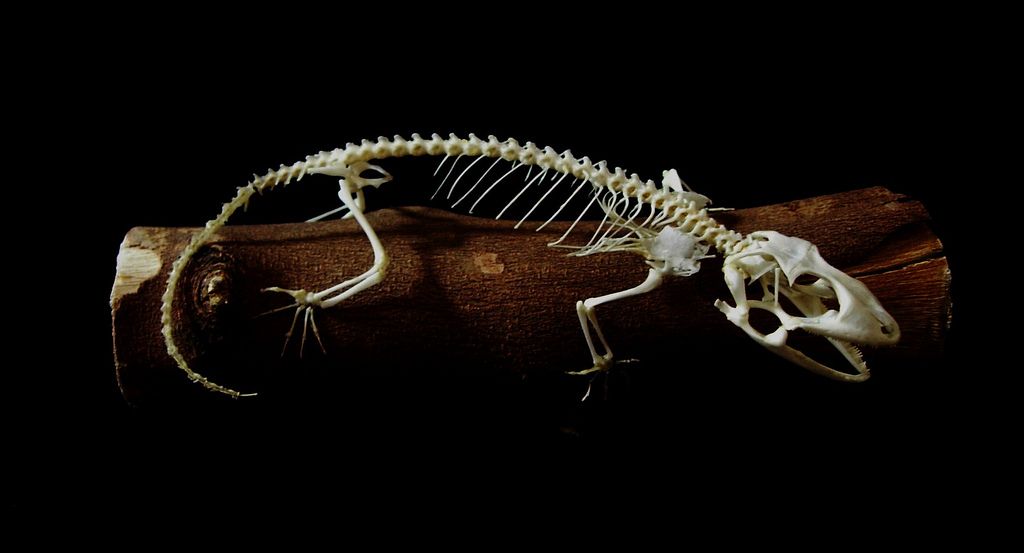
Body: Geckos have small to medium-sized bodies with distinct heads, trunks, and tails.
Skin: They are known for their unique skin features, including scales and the ability to shed their skin. Some geckos also have specialized toe pads for climbing.
Limbs: Typically they have four limbs, each with five digits, and they can vary in size and shape depending on the species.
Eyes: They have well-developed eyes with good vision, especially at night. Many have vertically slit pupils.
Mouth: Geckos have a mouth with small teeth for feeding. Their diet can vary from species to species, including insects, fruit, and nectar.
Tail: Most have long, slender tails that they can use for various purposes, such as balance and communication.
Internal Organs: Internally, have organs similar to other reptiles, including a heart, lungs, digestive system, and reproductive organs.
Coloration: Their coloration can vary greatly among species and can serve as camouflage or a way to communicate with other.
The Remarkable Flexibility of Gecko Skeletal Anatomy
Geckos possess an extraordinary skeletal framework renowned for its exceptional flexibility and agility. Their bones, characterized by their thin and lightweight nature, are finely tuned for the art of climbing and navigating confined spaces. In addition, they have earned a reputation for their remarkable ability to effortlessly slip through narrow cracks and crevices that would thwart most other creatures.
A defining feature of the gecko’s skeletal structure is the conspicuous absence of a ribcage. Unlike their animal counterparts, geckos forgo the presence of a protective bony enclosure for their vital organs.
Instead, their organs find support in the form of connective tissues and muscles. This unconventional adaptation, marked by the absence of a ribcage, endows geckos with an extraordinary degree of flexibility and agility, a fundamental asset for their survival in the untamed wilderness.
The Advantages of Gecko Skeletal Adaptations
Their distinctive skeletal adaptations confer several vital advantages crucial to their survival in the wild. Among these advantages, their exceptional ability to navigate and maneuver through tight spaces stands out. This unparalleled flexibility and agility empower geckos to elude predators and access sustenance in challenging, hard-to-reach locations.
Another remarkable benefit of the skeletal structure is its capacity to regenerate lost tails. They have earned renown for their skill in detaching their tails when confronted by predators, a life-saving maneuver.
However, this defensive tactic comes at the cost of losing a substantial portion of their body mass. Yet, geckos possess a unique talent – the ability to gradually regenerate their tails, facilitating the recovery of lost body mass over time.
These evolutionary advantages underscore the remarkable adaptability of geckos, illustrating how their skeletal structure plays a pivotal role in their ability to thrive in their natural habitats.
Celebrating the Unique Wonders of Geckos: Nature’s Tail-Regenerating Super Climbers
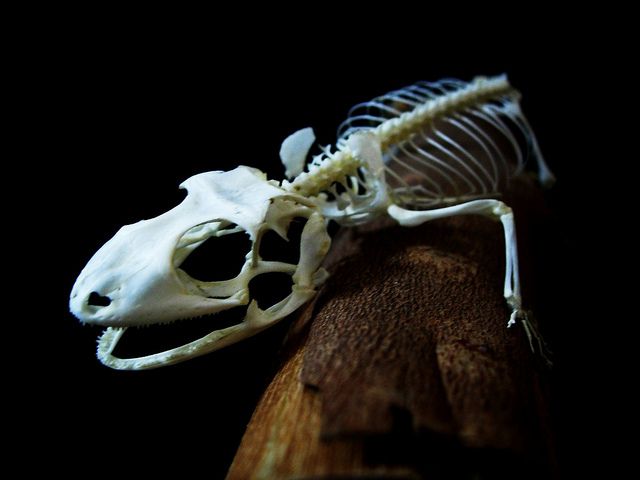
Regenerative Tails: much like other lizards, possess tails with bones. These tail skeletons are interconnected with the spinal cord. The remarkable aspect is that a gecko’s tail is highly flexible due to numerous joints within the skeleton, allowing for exceptional mobility.
Furthermore, certain gecko species can regrow their tails when detached, a phenomenon known as “Caudal Autotomy.” However, instead of regrowing bones, they regenerate cartilage, which is softer than bone, akin to the cartilage in human noses and ears.
Nutrient Storage: As well as they have a unique method of nutrient storage. Similar to camels storing nutrients in their humps, geckos store excess nutrients as fat in their tails after consuming and digesting food. In times of food scarcity, their bodies metabolize the stored fat in their tails to provide essential energy.
Super-Sticky Feet: They exhibit an extraordinary ability to climb even the slickest and smoothest surfaces, such as glass and plastic. This feat is made possible by microscopic hair on their feet called “setae,” which are densely distributed on each toe. These setae allow geckos to adhere to surfaces with remarkable efficiency.
Tail-Aided Landing: Further, possess a remarkable skill for landing safely on their feet when they fall. Recent research reveals that their tails play a pivotal role in this. Also, they instinctively adjust the angle of their tails during a fall to orient their bodies correctly. This intriguing adaptation has implications for improving the stability of modern-day robots.
Omnivorous Appetite: They are versatile eaters as omnivores. Their diet can include a wide range of food sources from both plants and animals.
Depending on the species, their preferences may vary, encompassing fruits, insects, silkworms, mealworms, and even flower nectar. With thousands of species worldwide, their dietary choices are as diverse as their habitats.
FAQs
Do geckos have a skeleton?
Yes, geckos have a skeletal structure composed of bones.
Do geckos have a backbone?
Yes, geckos, like other vertebrates, have a backbone, also known as a vertebral column.
Do geckos have bones in their tails?
Yes, geckos have bones in their tails, and some species can even regenerate their tails if they lose them.
Can geckos feel pain?
The ability of geckos to feel pain is not well understood, but they do exhibit responses to harmful stimuli.
Can a gecko bite you?
Yes, geckos can bite if they feel threatened, but their bites are generally not harmful to humans.
Can geckos cry?
No, geckos do not cry in the way humans do. They lack tear ducts for emotional tears, but they may excrete moisture from their eyes for other reasons.
Final Words
In conclusion, my exploration into the question, “Do geckos have bones?” has revealed the intricate wonders of nature. These remarkable creatures do indeed have bones, but their skeletal structure is anything but ordinary. Geckos have adapted to a world of thin, lightweight bones, enabling them to climb, maneuver, and thrive in ways that astound us.
As I close this chapter of inquiry, I’m left with a profound appreciation for the diversity and ingenuity of life on our planet. Geckos, with their unique skeletal adaptations, serve as a reminder that even the most seemingly straightforward questions can lead to extraordinary revelations. Nature continues to be a source of awe and wonder, inviting us to delve deeper into its mysteries and uncover the marvels that lie beneath the surface.

